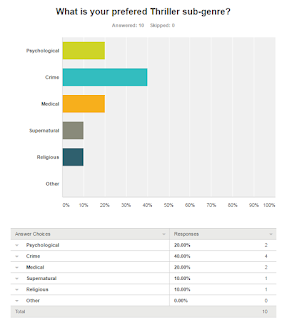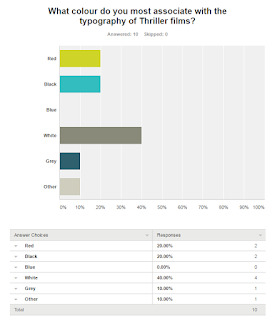The opening of ‘Captive’ begins with a close up shot of the characters hands tied up, which immediately relates to the title of the film, and how it relates to the narrative. In this shot, we can see that the characters arms are covered in blood, which leads the audience to wonder what has happened to the character to make them covered in blood.
This is followed by a close up shot of the characters feet and ankles tied to a chair, which further emphasises the main theme of the film, with the character being kept captive. The characters shoes are covered in blood, too, which leads the audience to wonder whether the character has been murdered or not, and adds to the sinister nature of the shot. A little more of the setting is revealed here, with the ground being dirty and covered in puddles, which suggests that the character is being kept in an outdoors location, or a dilapidated building.
The dripping of what the audience perceives to be water initially, fits with the diegetic sound of what the audience perceive to be water dropping. From a close up of the character, we can see that in fact, the dripping is of blood coming out of the mouth of the character. This plants enigma codes for the audience as they want to know how the character got into such a state, with his face also being all bloody and covered in cuts. The use of the diegetic sound of laboured breathing is used to present the bad state that the character is in, and used to highlight the fear that he is experiencing.
The use of CCTV shots, of 4 different areas of the location help to establish where the character is. It also makes the audience anticipate seeing another person come up in one of the other sections of footage, other than the one that the captive character is in.
The blurred point of view shots show that the character is extremely drowsy as he is unable to see properly. It also indicates that he might have experienced a blow to the head, which is further indicated by the following extreme close up of the cut on the characters cheek.
The introduction of dramatic, non-diegetic music as the character starts to attempt to break free, builds tension in the audience. This is a stereotypical convention of a thriller, as they often use high-pitched instrumental pieces as a means to build anxiety in the audience, and to make them anticipate danger. The fast paced editing between the shots of the character attempting to get out of his restraints highlights the frantic nature of him trying to escape.
The long shot of the restrained character, that zooms in to a medium shot is used to primarily show the breathing of the character as it starts to become erratic, which symbolises the increasing destress that he is facing. This builds suspense as it foreshadows that danger is approaching.
The CCTV shots return, which are accompanied by non-diegetic, hitch pitched music to build tension. This time, there is another person in the piece of footage at the top right hand corner, in which the footage then goes black and static, and the music intensifies. This focuses the audience on the other character, and reinforces that this character is the one that brings danger.
The music keeps heightening in tension, as the intensity increases, along with the pitch. The diegetic sounds of the captive character screaming, as the other character can be viewed through the window of the dilapidated building, further emphasises that this character is the one responsible for what has happened to him. The intensity of the non-diegetic music, accompanied by the diegetic screams of the character, are really effective in building increasing fear in the audience.
The sequence of shots with fast paced editing between shots of the captive character, and flashback shots to give the audience an insight into how the character became captive. This sequencing is really effective as the juxtaposition between the shots before he was captive, and the shots whilst he is captive show a contrast between freedom and captivity. The flickering of some of the flashback shots, particularly of the shot of the other character, create a sense of foreboding, and reflect a warning sign flashing to alert the character to danger. The close up shots of the dolls create an enigma code for the audience, as they wonder what significance they have to the narrative, and make them want to watch the film to find out why. In this sequence, the shot in the reflection of the puddle, in which the character can be seen to be disappearing, it is unclear as to whether the character is being grabbed from behind, or whether the character is starting to run from something. This makes the audience suspicious and creates tension.
All throughout the sequence of flashbacks, the intensity of the non-diegetic string music continues to build until it comes to a sudden end, and the screen goes black. This makes the audience wonder what will happen to the captive character, when the other character reaches him, and draws them in to watch the film.
On the black screen, the title of the film ‘Captive’ flickers into the middle of the frame. The flickering of the title, again, acts as a warning sign and highlights the danger that is faced by the captive character. It also makes the titles seem more eerie and sinister.
Overall, I believe that this thriller opening sequence is very effective in building tension in the audience, and that it fits very well to the typical codes and conventions of thriller films.













